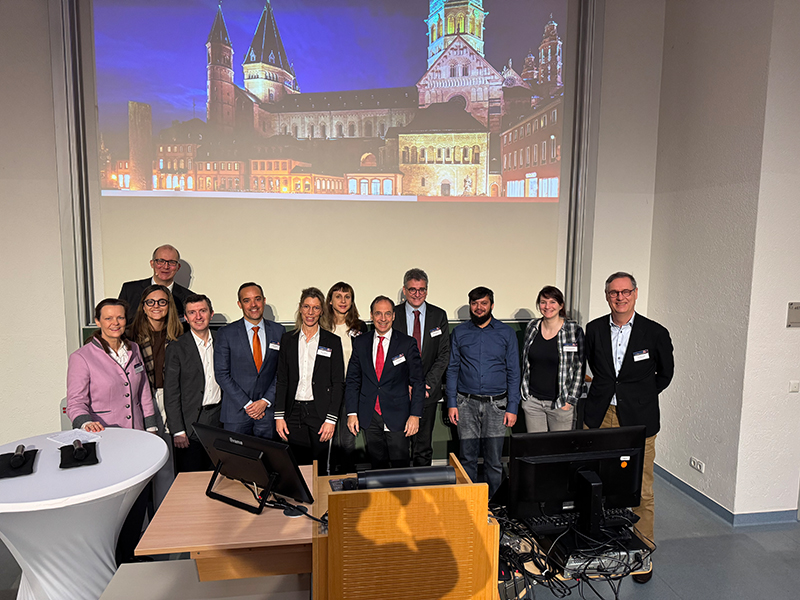
The expected burden on global healthcare systems of glaucoma care in the next decade was the focus of the first Heidelberg Engineering International Glaucoma Symposium
Heidelberg, Germany (17 February 2025) The event, held at the University Eye Clinic in Mainz, brought the role of AI to the fore, and delegates from 13 countries were able to discuss the expected next steps in integrating this safely into the care pathways.

Mainz University was a fitting venue for the inaugural symposium, as a centre of excellence in glaucoma care. Close to Frankfurt Airport, it drew speakers from ophthalmology, along with computer scientists aligned to this field of healthcare.
“Global experts explored the transformative role of AI in ophthalmology, clinical practice, and research. This included optic neuropathies with a focus on glaucoma. The open forums were especially valuable for clinicians to discuss their concerns and the opportunities that AI brings in delivering care to a greater cohort of ageing patients,” said Dr Stephan Schulz, Heidelberg Engineering Clinical Director Glaucoma.
Dr. Schulz underlined that the most pressing focus for all in glaucoma care is coping with the increasing number of cases arising, identifying those who need specific care, and those who need observing. Almost 50% of glaucoma patients can be missed: many will not experience problems, but others will be fast progressors who need attention. The symposium also attracted many generalists, looking to incorporate this aspect of care into their workflow.
Led by Professor Norbert Pfeiffer and Professor Esther Hofmann, both of Mainz University, the delegates and speakers, together, delved into AI’s potential in optic neuropathies, with the following outcomes –
- AI has the potential to enhance, not replaces clinicians — Driving improvements in diagnosis, early detection, personalized treatment, and patient outcomes
- AI in medical imaging for optic neuropathies — Aims to analyze images for visual biomarkers resulting in risk assessment, early disease detection and treatment monitoring
- High-quality images & datasets — Essential for developing sensitive and accurate AI algorithms
- Advanced imaging techniques like OCTA — including multimodal data, offering deeper insights into glaucomatous changes
The success of the first industry-led glaucoma symposium comes twenty years on from the first International SPECTRALIS Symposium, also held by Heidelberg Engineering. It is a timely progression, as an adjunct to this now highly respected part of the ophthalmology calendar, as Schulz explained –
“Heidelberg Engineering has always had a strong position in glaucoma research and care, and it is fitting that this aspect of ophthalmology now has its own space in the conference arena. In the next five years we are expecting to see significant advances and we will probably be looking at new imaging devices, quite possibly to be used in the home.”


